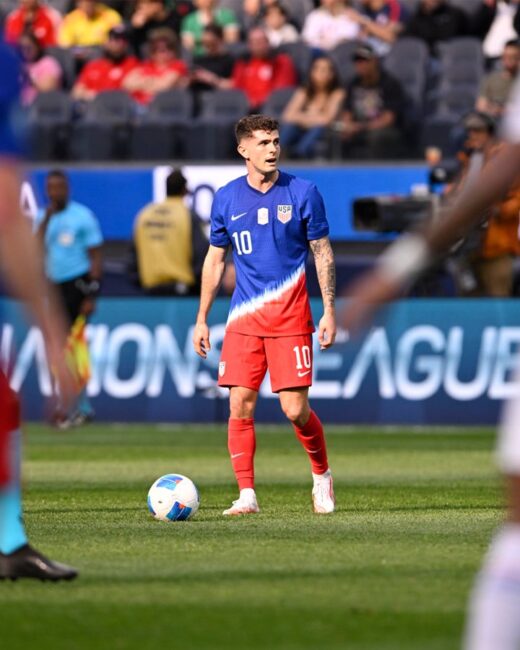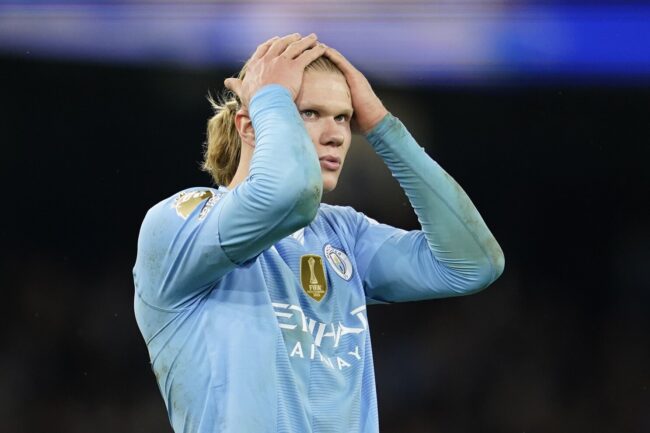College Basketball Should End The 1&1 Free Throw Rule
College basketball should follow the NBA and allow two free throws once a team has gone past the foul limit. College basketball has long used the practice of awarding a player one free throw, and then another if he makes it, known as the one and one rule, when the opposing team has just committed their seventh foul of the half. This foul shooting rule only stays until the opposing team’s tenth foul of the half, but it should never be in play. It is strange, and illogical if you think about it.
Many people will tell you that the reason for the one and one rule, is to limit offense. The one and one rule, along with many of college basketball’s rules that are different from the NBA, are meant to encourage defensive, fundamental focused, team basketball. As opposed to the NBA, whose rules favor high scoring and individual stars. The merits of the decidedly different orientation between the college and professional game are a different argument. But even if one were to agree with the premise that college basketball should focus more on defense and team play, the one and one rule is not an effective way to do so.
Other rules in college basketball that encourage team play work. The shot clock is longer in college basketball, which encourages slower pace and more moving the ball around. The game time is shorter in college basketball, which means less scoring and more focus on stopping the other team from scoring. The keys are wider in the NBA. This means there is a larger space near the rim that defenders cannot stay in for over three seconds. This makes defending in the NBA more difficult.
But the one and one free throw rule does not have the same effect as the aforementioned rules. You could argue that it keeps scoring down, which thus further focuses teams on not allowing points. But the difference between that and the shorter game time of college basketball is the former is a gimmick. There isn’t a consistent logic behind it. It says that if you score, you deserve the chance to score again. But that goes against the idea of trying to keep scoring down. It is also a departure from the simple logic behind the rule of free throws.
You are given two free throws if you are fouled while attempting a field goal (and don’t make it) and are given three free throws if you are fouled while attempting a three pointer and don’t make it. The idea is that if you are fouled while shooting, then you should have the opportunity to make score the points you might have had you not been fouled. Of course, the one and one applies to team fouls, meaning fouls that might not be in the act of shooting. But the team foul rule is in place to prevent a team from excessively fouling in other ways and not reaping he consequences. If you foul too much, the other team gets to take free throws. The excessive fouling you do is compensated to the other team as if you fouled them while they were shooting.
As I said before, I am not arguing against the manner of play desired by college basketball and the NBA respectively, but rather for a rule with consistent logic. Therefore, I am ok with the threshold for team fouls leading to free throws being different between the two. It is simply the problematic logic and gimmicky nature of the one and one rule I object to. As noted, there is a consistent logic for why free throws are awarded as they are. The one and one free throw rule departs from that logic. And it should be noted that even though it is only used from he seventh team foul to the tenth team foul, it still does not make sense.
The one and one rule is gimmicky. If we weren’t so used to it, the rule would seem like something you’d make up playing on the street with your friend. Like the “winners” rule often used in half court basketball, where if you score, you get the ball back. In more official type games, more logical rather than gimmicky rules should be used. I understand that my description of the rule as “gimmicky” is subjective. But I believe that I have given a sufficient explanation of why it is gimmicky. But if you disagree, then obviously this point would not resonate with you.
College basketball and the NBA are very different types of basketball. In level of play, in style of play and in orientation of play. I am fine with that being the case, and leave the debate on that up to others. I appreciate the aspects of a player that college basketball encourages. But I also like logical consistency in the rules and no gimmicks. If you disagree with my arguments, the one and one rule is fine. But if you agree, maybe you’ll agree that college basketball should get rid of the one and one rule.

